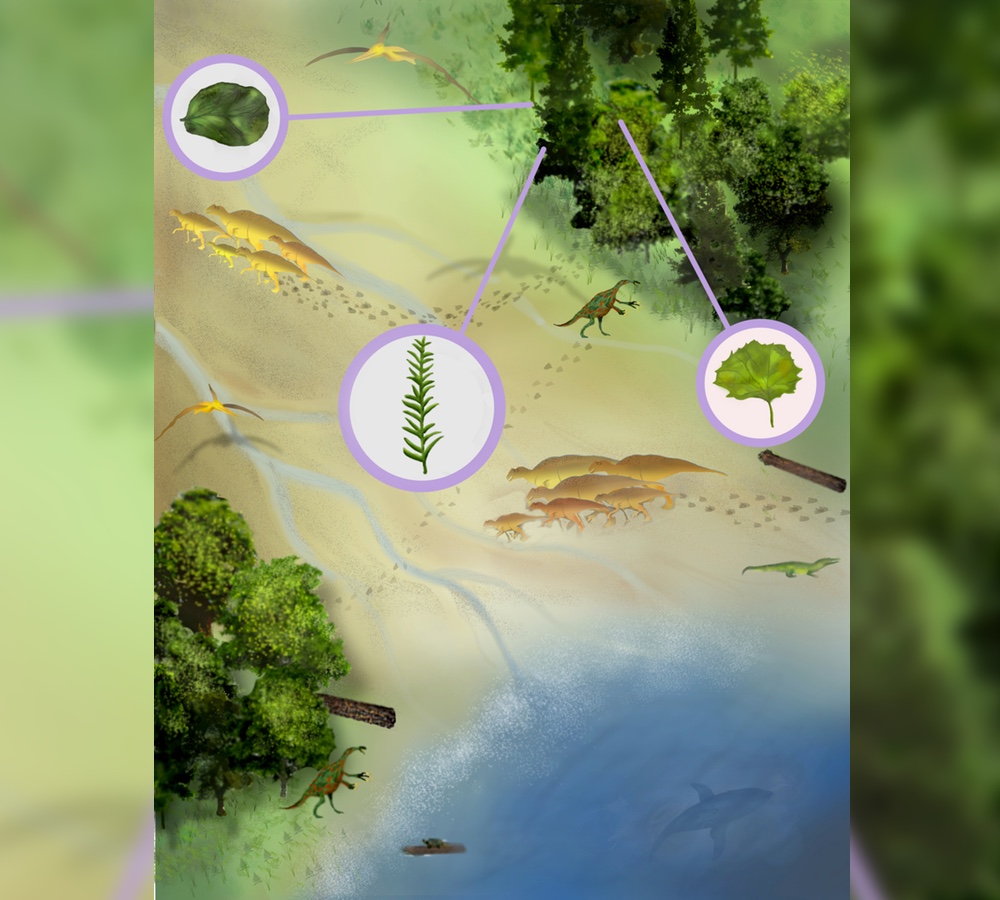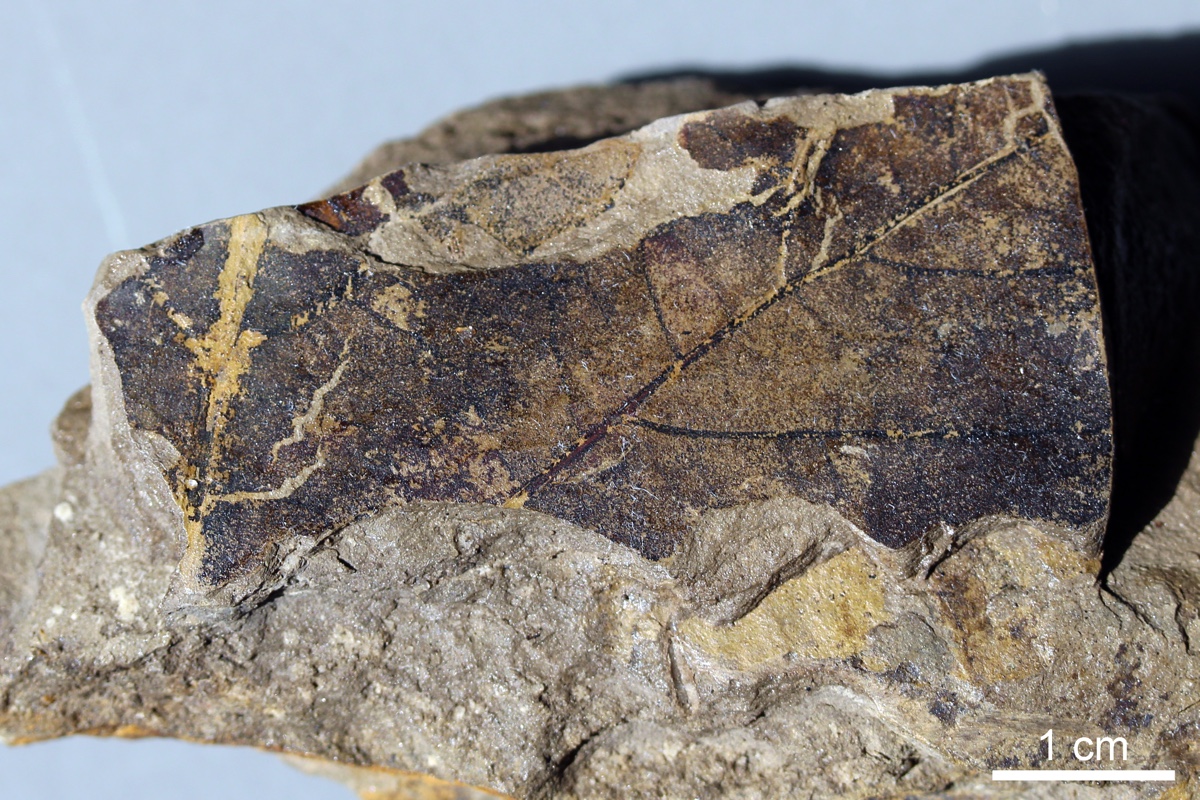Fossil of Oldest Flowering Tree in North America Discovered. And It Was Huge.

During the late Cretaceous period, northeastern Utah was home to pterosaurs, duck-billed dinosaurs and fearsome therizinosaurs with claws that would put Edward Scissorhands to shame.
Now, add to that list giant flowering trees.
A fossil log found in the Mancos Shale of Utah reveals that huge angiosperms were part of the forest canopy in North America at least 15 million years earlier than previously believed. The preserved log was nearly 6 feet (1.8 meters) in diameter, 36 feet (11 m) long and probably came from a tree about 164 feet (50 m) tall, according to a new study published online Sept. 26 in the open-access journal Science Advances. It would have shared the forest with gymnosperms like conifers and ginkgo trees. [Photos: Ancient Flowering Plant May Have Lived with Dinosaurs]
The fossil is the first documented angiosperm greater than 9.8 feet (3 m) in diameter from prior to 75 million years ago, study researcher Michael D'Emic, a biologist at Adelphi University in New York, told Live Science in an email.
Lucky log
The petrified log dates to between 94 million and 90 million years ago, part of the late Cretaceous period. At the time, a vast interior seaway cut North America in two. The log was found in what was once an ancient river delta by this seaway.
"It was transported far from the original forest," D'Emic said.

The researchers couldn't assign the tree to any one species, but they found that it belonged to the genus Paraphyllanthoxylon, a group that contains at least 11 species of fossilized tree.
Sign up for the Live Science daily newsletter now
Get the world’s most fascinating discoveries delivered straight to your inbox.
Rare find
The finding is important, D'Emic said, because it's unusual to find fossil wood from the Cretaceous. That led to the question of whether the wood simply wasn't being preserved in the fossil record or whether flowering trees simply weren't around in that period.
The new results suggest they were around and growing as part of the forest canopy, D'Emic said.
"This has importance for how we understand both climate and plant-animal interactions during the Cretaceous period," he said.
The researchers also found fossilized segments of turtles, a shark tooth and teeth from Cretaceous-era relatives of crocodiles.
Original article on Live Science.

Stephanie Pappas is a contributing writer for Live Science, covering topics ranging from geoscience to archaeology to the human brain and behavior. She was previously a senior writer for Live Science but is now a freelancer based in Denver, Colorado, and regularly contributes to Scientific American and The Monitor, the monthly magazine of the American Psychological Association. Stephanie received a bachelor's degree in psychology from the University of South Carolina and a graduate certificate in science communication from the University of California, Santa Cruz.









